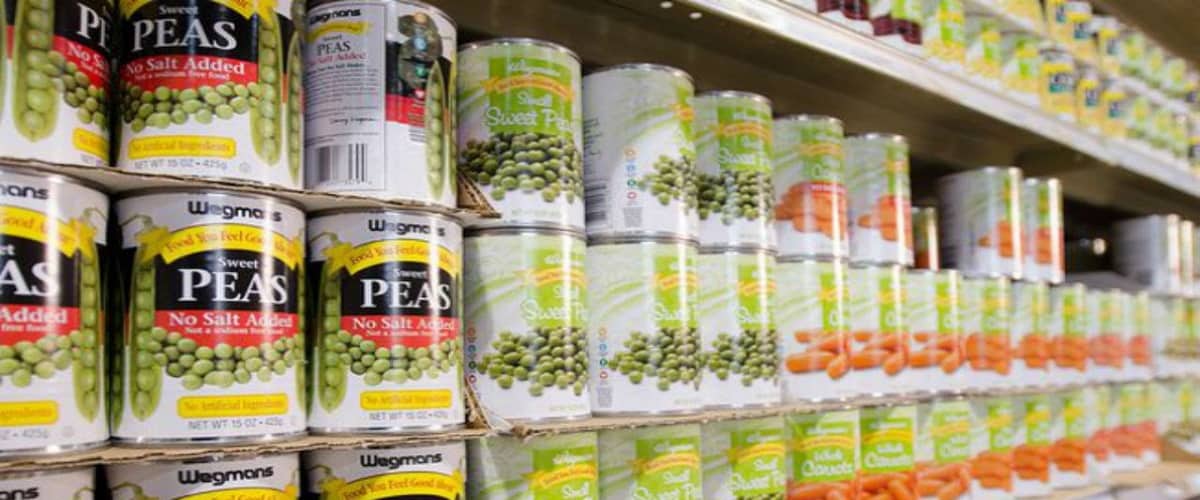Canned foods are essential in the preparation of the unexpected. After all, you never know when a disaster strikes. Furthermore, it’s always good to have enough stock on hand to last you for several months or years.
Better yet, canned goods serve as excellent complements of food preparation kits.
Though you can always can fresh vegetables, beans, and meats yourself (which requires a lot of caution), you can never go wrong with store-bought canned goods. The shelf life of these foods are lengthy – years, even – and they often provide you with essential nutrients.
So What Are the Best Canned Foods?
Well, you’ll need a well-rounded diet rich in protein, vitamins, and other essentials. So we’re going to focus on not only vegetables but also meats, beans, and fruits.
Canned green beans are not as good for you as fresh green beans, but the differences between the two are minimal. The main differences are the sodium content, with canned green beans having more than fresh. For the most part, canned green beans are just as nutritionally sound as fresh green beans. If you’re worried about sodium content, just rinse the green beans prior to cooking them.
Canned pineapple (or really, any other fruit) with 100 percent fruit juice is your best bet for nutrition. You should avoid purchasing fruit packaged in gels or syrups, but canned fruit, as long as there is 100 percent fruit juice inside said can, is nutritionally sound.
3. Spam
While you may groan at the word Spam, Spam is actually nutritious – well, if you happen to find yourself in survival mode – made from good quality meats arranged from chopped pork shoulder and ham. Spam contains fat, sodium, and protein – three things you’ll need to stay healthy. Plus, Spam doesn’t have to be eaten straight out of the can! It can be fried, grilled, and used in a boat-load of recipes.
4. Tuna
Canned tuna is a fantastic canned food with a variety of uses. While canned tuna in water may be tempting to nab (and trust me, I prefer canned tuna in water), you should go for the tuna in oil, especially olive oil. Canned tuna in oil will last longer and remain more nutritious over time.
5. Beans
Beans, beans, the magical fruit! And boy, are they magical! They can be used as sides for every meal or even as the main course. They can also be used in a wide range of recipes and come in a vast amount of flavors. Containing mountainous amounts of protein and fiber, you cannot go wrong with a can of beans.
Especially kidney beans. Yum.
6. Beef Stew
Fortunately, beef stew comes in cans! While they may not be the most exciting to eat, they can be eaten cold or served as a base (beef stew over rice, anyone?). Not to mention, they are relatively inexpensive and chock full of protein and fat, so you won’t have to pay an arm and a leg to remain healthy.
Remember, canned foods have a decent shelf life, but to maximize their potential, you’ll need to store them correctly, otherwise, you may risk food poisoning.
For instance, if a can is bulging, throw it away immediately. If the can is dented and you know what caused the dents, then use food as soon as possible. Store them in cool spaces, but not where they will succumb to freezing temperatures.







